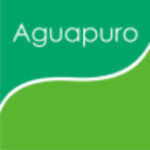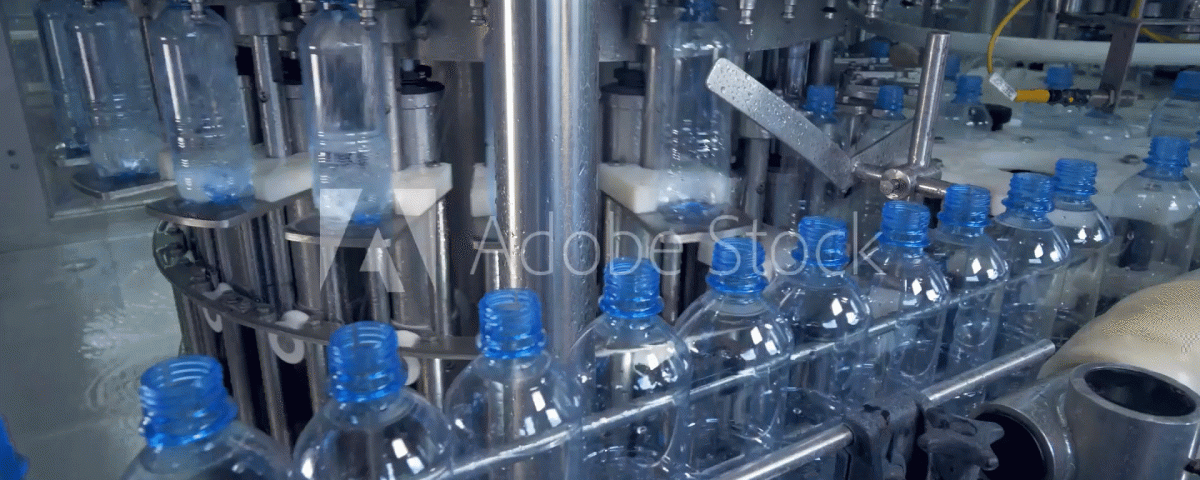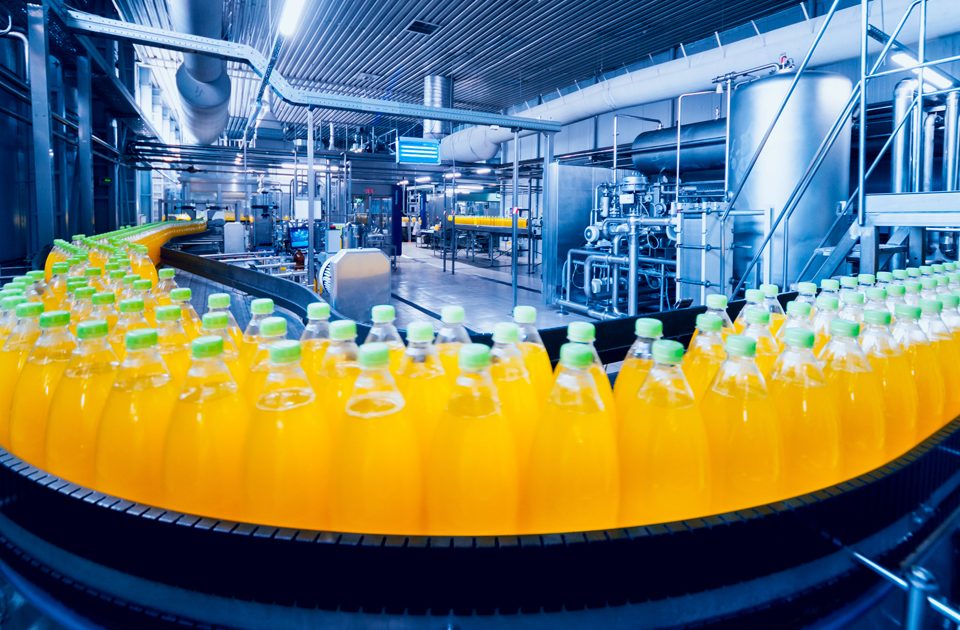
Dispelling Common Myths About Water Purifiers: Separating Fact from Fiction
June 9, 2025
Maintaining Your Water Purifier: Simple Steps to Ensure Longevity and Efficiency
June 9, 2025Water is essential for life, but not all water is created equal. With concerns about water quality on the rise, many homeowners are turning to purification methods to ensure their drinking water is safe and clean. In this blog post, we will dive into the world of water purification and compare two popular methods: Filtration and Reverse Osmosis. So, grab a glass of H2O and let’s explore which method reigns supreme in the quest for pure hydration!
Explaining Filtration and Reverse Osmosis
When it comes to water purification methods, filtration and reverse osmosis are two popular choices for ensuring clean and safe drinking water at home.
Filtration involves passing water through a physical barrier or chemical process to remove impurities like sediments, chlorine, and bacteria. This method is effective in improving the taste of water but may not eliminate all contaminants.
On the other hand, reverse osmosis uses a semipermeable membrane to remove ions, molecules, and larger particles from drinking water. It is known for its high level of purification by removing up to 99% of impurities, including heavy metals and dissolved solids.
Both filtration and reverse osmosis have their unique mechanisms that cater to different needs when it comes to water purification. Understanding how each method works can help you make an informed decision on which one suits your household best.
Pros and Cons of Filtration
When it comes to water filtration, one of the main advantages is its ability to remove impurities and contaminants from the water. Filtration systems are relatively easy to install and maintain compared to other purification methods. They can improve the taste and odor of your drinking water by eliminating chlorine, sediment, and other particles.
On the flip side, some drawbacks of filtration include limited effectiveness in removing certain contaminants like heavy metals or dissolved solids. Depending on the type of filter used, there may be a need for frequent replacements which can add up in terms of cost over time. Additionally, some filters may not be able to eliminate bacteria or viruses present in the water.
Despite these limitations, many households opt for filtration systems as a more affordable and convenient option for improving their tap water quality.
Pros and Cons of Reverse Osmosis
Reverse osmosis is a highly effective water purification method that removes contaminants by pushing water through a semipermeable membrane. One of the main advantages of reverse osmosis is its ability to remove a wide range of impurities, including heavy metals, chemicals, and bacteria. This results in clean and safe drinking water for your home.
On the flip side, one drawback of reverse osmosis is that it can be quite wasteful in terms of water usage. For every gallon of purified water produced, there can be several gallons wasted as brine. Additionally, the system can be costly to install and maintain compared to other filtration methods.
Despite these drawbacks, many homeowners opt for reverse osmosis systems due to their unparalleled purification capabilities. It provides peace of mind knowing that you are consuming high-quality drinking water free from harmful substances.
Cost Comparison
When it comes to choosing a water purification method for your home, cost is often a significant factor to consider. Filtration systems are generally more affordable upfront compared to reverse osmosis systems. The initial investment in a filtration system may vary depending on the type and brand you choose.
On the other hand, reverse osmosis systems tend to be pricier due to their advanced technology and multiple stages of filtration. While they may cost more initially, reverse osmosis systems are known for their thorough removal of contaminants from water.
In addition to the initial costs, it’s essential to consider long-term expenses such as maintenance and replacement parts. Filtration systems typically require less maintenance than reverse osmosis systems, which might need periodic filter changes and membrane replacements.
Your budget and priorities will dictate which water purification method is the most cost-effective solution for your household needs.
Environmental Impact
When it comes to considering the environmental impact of water purification methods, both filtration and reverse osmosis have their own set of implications. Filtration systems typically use disposable filters that need regular replacement, leading to waste generation. On the other hand, reverse osmosis systems consume more water during the purification process, resulting in higher water wastage compared to filtration.
Moreover, reverse osmosis requires electricity to operate its pump system, adding to energy consumption. Additionally, the production and disposal of RO membranes can contribute to environmental pollution if not managed properly.
In contrast, some filtration systems utilize natural materials like activated carbon or ceramic which are more eco-friendly options. These materials can be sustainable and biodegradable depending on how they are sourced and disposed of.
When deciding between filtration and reverse osmosis for your home’s water purification needs, it’s important to consider not only the quality of purified water but also the environmental impact each method may have.
Which Method is Better for Your Home?
Choosing the right water purification method for your home is crucial to ensuring clean and safe drinking water for you and your family. When deciding between filtration and reverse osmosis, consider factors such as the quality of your water supply, budget constraints, and environmental concerns.
Filtration systems are effective at removing larger particles like sediment and chlorine, but may not eliminate contaminants such as lead or fluoride. On the other hand, reverse osmosis systems can remove a wider range of impurities including heavy metals and chemicals, providing ultra-purified water.
However, reverse osmosis systems typically require more maintenance and waste more water during the filtration process compared to simple filtration methods. Additionally, they tend to be pricier upfront but might save money in the long run by reducing bottled water purchases or potential health costs from untreated tap water.
Consider your specific needs and priorities when choosing between these two purification methods to find what works best for your home environment.
Conclusion
In the realm of water purification methods, both filtration and reverse osmosis have their own set of advantages and disadvantages. Filtration offers a simple and cost-effective way to improve water quality by removing impurities, while reverse osmosis provides a more thorough purification process by eliminating even microscopic contaminants.
When deciding which method is better for your home, consider factors such as the level of contamination in your water supply, your budget, and environmental concerns. If you’re looking for a basic solution that can enhance taste and odor, filtration may suffice. On the other hand, if you want complete peace of mind knowing that nearly all impurities have been removed from your drinking water, investing in a reverse osmosis system might be the way to go.
Choosing between filtration and reverse osmosis comes down to personal preferences and specific needs. Whichever method you select, ensuring access to clean and safe drinking water should always be a top priority for every household.


